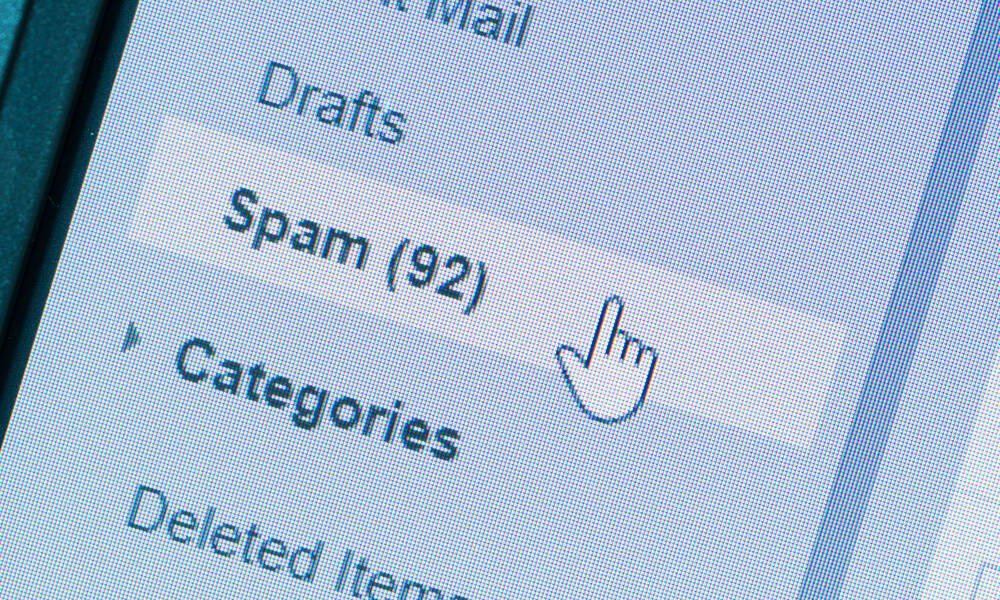
Report: Engagement Key to Keeping Your Emails Out of the Spam Folder
A new report from Return Path makes the case that email subscriber disengagement can be a sign that your messages could be soon to hit the spam folder. The solution? Engage early and often.
If you’re sending a lot of emails, you already know that the spam folder is not the place you want to be.
But it’s not the only place you don’t want to end up. With the rise of increased inbox organization in email platforms, particularly in Gmail, it’s easier than ever to get an email in your inbox and never see it. And that disengagement can lead to future appearances in the spam folder, says email marketing service Return Path.
In The 2019 Hidden Metrics of Email Deliverability [registration], the firm makes clear that while the email channel is still seeing a lot of success, there’s a fine line between hit campaign and total disengagement. While 9 percent of all messages analyzed hit the spam folder last year, an additional 16 percent were deleted before being read. Together, those rates were higher than the 24 percent “read rate,” which reflects emails opened and read, seen on average across industries—although on the plus side, that read rate is up by 2 percentage points from the prior year.
Of note for associations in particular: Read rates are often lower in sectors that might apply to industry groups, with 16 percent of emails from education, nonprofit, and government groups getting opened; in the business and marketing category, the rate was 17 percent. On top of that, education, nonprofit, and government emails had the highest spam placement rate of any category surveyed, at 19 percent, while business and marketing messages had the highest complaint rate, at 1.4 percent—far above the 0.39 percent average overall.
So what’s an email marketer to do, anyway? The secret might be in getting subscribers engaged early—and keeping them engaged. Speaking to BizReport, Return Path Senior Director of Research Tom Sather noted that major email providers are putting an increased focus on keeping subscribers engaged, which means taking steps to work with them and keep them happy early.
The report underlines this point—noting that 34 percent of new subscribers are lost within the first month and that many re-engagement campaigns don’t take place until long after the member has subscribed.
“Rather than waiting eight months, try sending a winback campaign or some other enticement to re-engage while subscribers can still remember why they enjoyed your email program,” the report says. “In fact, winback emails have an average read rate of 20 percent, which means you can potentially reactivate one-out-of-every-five disengaged subscribers.”
Sather says the key to engagement is knowing your stats—something he says fewer than one-third of marketers are tracking.
“This study demonstrates that keeping subscribers actively engaged with your email program is a major factor in email deliverability,” Sather told BizReport.
(Kenishirotie/iStock/Getty Images Plus)






Comments